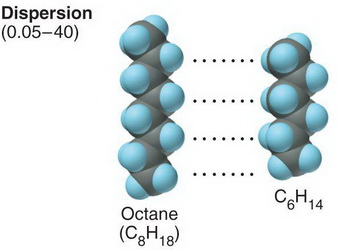

From the opposite side, the sample cell is illuminated with a tightly focused near-infrared laser creating a set of two timeshared optical traps. An intense green laser is weakly focused on one side of the sample cell using a lens.Ī turbid scattering layer at the entrance of the cell creates a random field distribution inside a light-filled cavity. Actually, they predict that the interactions between semiconductor particles with relatively high refractive index can be tuned from attractive to strongly repulsive.

The researchers show theoretically that, choosing the right colours and intensity, artificially generated random fields can provide an overall control of the interactions. These forces are a tool to control, no matter what the position of the particle may be at any time, the interactions between small particles in two or three dimensions with tunable strength and range. The team introduce a new concept, that of random-light-field induced forces. Now a group of researchers from IFIMAC-UAM, the University of Fribourg and DIPC present 1 in Nature Communications a method to control dispersion forces in small particles using random laser lights. Still, current methods used to control dispersion forces in colloids have some serious issues: they alter the colloids themselves in different ways, or are slow or do not affect all the sample with the same intensity. Colloids have also been shown to be extremely well suited for the study of phenomena such as crystallization, the glass transition, fractal aggregation and solid–liquid coexistence. We find colloids almost everywhere in our daily life: in biological fluids, foodstuffs (dairy, creams, emulsions) or industrial suspensions (pharmaceuticals, slurries, paints or inks). This change has been observed in colloids.Ĭontrolling dispersion forces in colloids is most important. He found, for example, that if the molecules are some 10 nanometres or more apart then relativistic effects would change the variation of the force from the inverse of the seventh power to the inverse of the eighth power. It was Fritz London in 1930 who gave a quantitative theory in terms of quantum mechanics of the forces that J.D. Three factors account for dispersion forces:ĭipole/dipole interactions, i.e., electrostatic interactions between molecules with permanent dipole moments.ĭipole/induced-dipole interactions, in which a dipole of one molecule polarizes a neighbouring moleculeĪrising small instantaneous dipoles in atoms Actually the bigger the atom or the molecule, with increased shielding of the electrostatic effect of the nuclei, the more intense is the dispersion forces effect, hence the state of the halogens at room temperature. These forces are responsible for the non-ideal behaviour of real gases, the lattice energy of molecular crystals and what makes that, even though they share the external electronic configuration, fluorine and chlorine are gases, whereas bromine is a liquid and iodine a solid at room temperature.ĭispersion forces arise from the fact that electrons show a collective behaviour, as a gas, in atoms and molecules. Leopard geckoĭispersion forces are attractive forces between atoms and molecules but are much weaker than valence bonds they are inversely proportional to the seventh power of the distance between the atoms or molecules (recall that in the Coulomb interaction the inverse proportionality is to the square of the distance). To control them on demand would be a major feat.

The way proteins or blood cells, or milk, or paint, or bromine, behave depends on the weak van der Waals-London forces or, in general, dispersion forces. In condensed matter some weak interactions exist that are extremely important for the behaviour of matter as we know it. The moral is that weak interactions are important. Still what governs the movement of moons, planets, stars and galaxies is gravity even the existence of dark matter is deduced from its gravitational effect. And it is true: for the electron and the proton gravity is 39 orders of magnitude weaker.

It is likely that you have read somewhere that gravity is much weaker than the electromagnetic interaction.


 0 kommentar(er)
0 kommentar(er)
